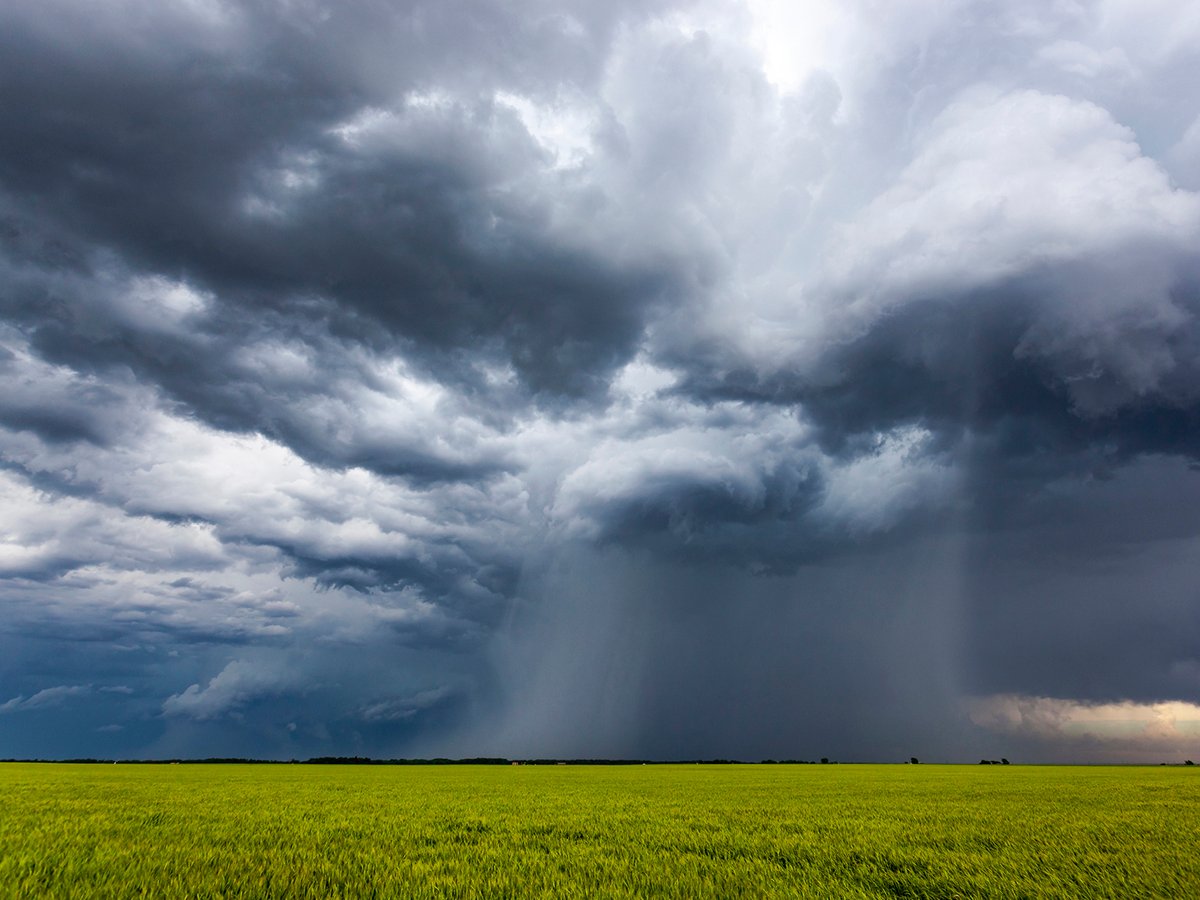STRATHMORE, Alta. – If Brian Harvey had known eight years ago what he knows today, he might have gained a head start on the intractable wild oats on his farm.
“The lack of timely information got us into this problem in the first place,” he said at a recent farmer meeting here.
The Manitoba farmer first noticed troublesome herbicide resistant wild oats on his farm in 1989. He typically used Group 1 herbicides such as Hoe-Grass and Poast with good results. With this batch of weeds he was told by agrologists he needed six times the recommended application rate to wipe them out.
Read Also

Extreme rain increases as planet warms
In this issue, we are going to wrap up our look at extreme rainfall by examining the different weather patterns that tend to be associated with these rainfall events.
With help from agricultural extension people, Harvey has tried numerous chemicals from different herbicide groups. He has also tried planting crops that compete well against wild oats.
Expensive problem
The weed problem has reduced his yields and increased costs as he searches for new herbicides and other control methods.
He calculates fields that once produced 90 bushels per acre of durum now yield about 55 bushels. Fields that produced 70 bushels of peas now yield half that as they struggle to compete against the wild oats scourge.
“Resistant weeds are by far the biggest catastrophe that ever hit my farm, so I suggest you do everything to prevent it from happening to you,” he told the group.
He would like to see creative scientific research devoted to the problem, including economical methods to sterilize weed seeds in the ground, since wild oat seeds can remain dormant for 30 years.















